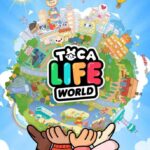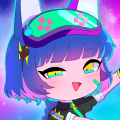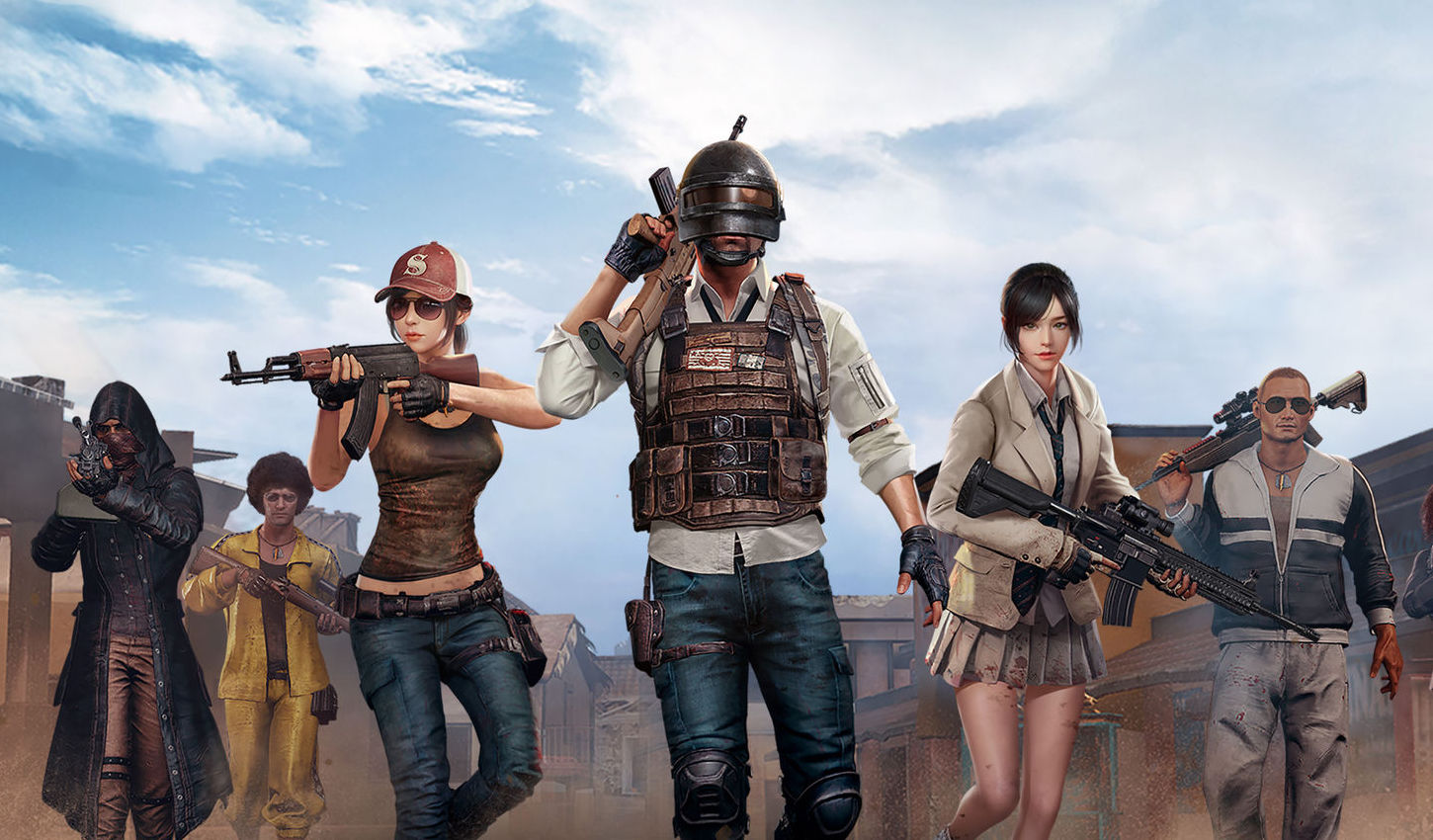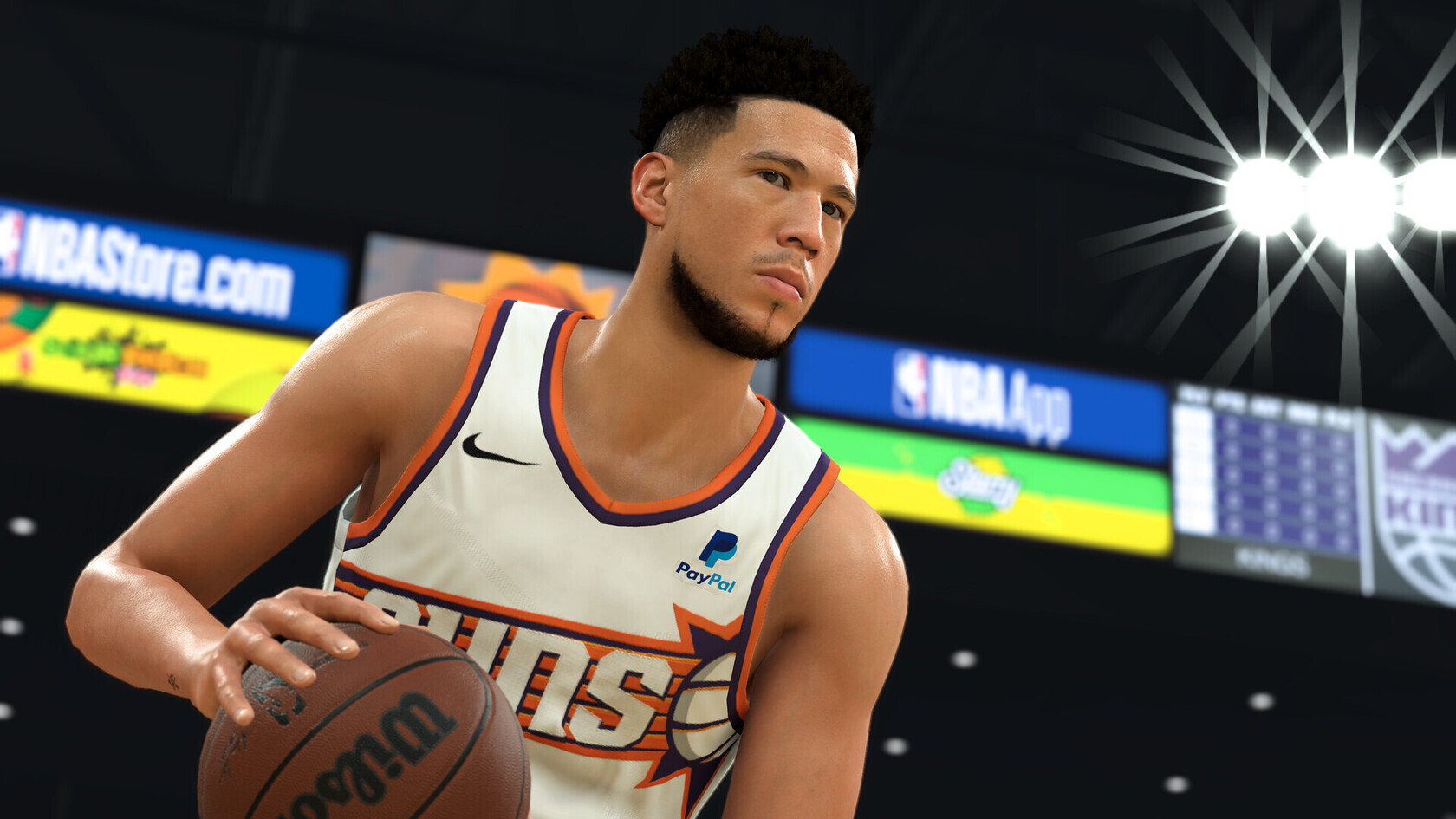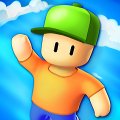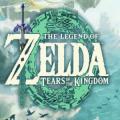Popular Now
Introduction
Gacha Club has revolutionized self-expression for young creators, offering endless possibilities for character design, storytelling, and digital art. However, despite its enormous popularity and global fanbase, Gacha Club is notably a single-player-only experience, lacking any built-in tools for collaboration, co-creation, or real-time sharing within the app itself.
In an era where creativity is increasingly social and interconnected, the absence of multiplayer or online features creates major limitations. As users crave more ways to co-create, co-write, or share assets directly in-app, Gacha Club continues to operate in a closed, isolated loop. This article explores the creative roadblocks caused by this design choice, how the community has tried to overcome them, and what collaborative features future Gacha games should consider.
1. The Power of Collaboration in Creative Communities
In creative platforms like Roblox, Minecraft, and TikTok, the ability to collaborate boosts both content quality and creator motivation. Users work together to build, remix, and enhance each other’s ideas. Collaboration:
-
Sparks new storylines and creative angles
-
Allows skill-sharing (e.g., writing, editing, voice acting)
-
Reduces burnout through shared responsibility
But Gacha Club does not support this kind of creative exchange in-app. All work is done solo—no shared storyboards, no joint scene creation, no real-time project access.

2. Gacha Club’s Isolated Workspace
The Gacha Club environment is designed for a single user working on a single device. All data is saved locally, and sharing is done externally through screenshots, exports, or screen recordings. There’s no cloud saving, no collaboration features, and no project-sharing mechanisms built into the app.
This results in:
-
Fragmented workflows
-
Higher workload for individual creators
-
Missed opportunities for team-based storytelling
Young creators who want to collaborate with friends or build a Gacha “studio” are forced to rely on clunky workarounds like Google Drive or Discord folders.
3. Limitations on Storytelling Teams
One of the fastest-growing formats in the Gacha community is the Gacha series—multi-episode narratives with complex character arcs, sound design, and editing. Many of these stories are created by small teams, but Gacha Club offers no tools to support that teamwork.
Everything must be done one person at a time:
-
Character files must be exported and imported manually
-
Scripts must be written externally and sent via chat or email
-
Scene timelines and dialogue must be communicated separately
This causes delays, miscommunication, and ultimately limits the quality and scope of collaborative storytelling projects.
4. Asset Sharing Is Cumbersome and Insecure
There’s no official way in Gacha Club to share characters, backgrounds, outfits, or presets between users. Players must rely on:
-
Screenshots of character codes
-
File-sharing through third-party platforms
-
Manual recreation of scenes by others
These methods are:
-
Time-consuming
-
Prone to errors
-
Often inaccessible for younger users
Additionally, users face the risk of asset theft, where characters or ideas are copied without permission because there’s no secure or structured sharing environment.
5. Community-Driven Workarounds and Studios
Despite the lack of official tools, the Gacha community has created unofficial collaborative environments via:
-
Discord servers
-
Google Docs for shared scripts
-
YouTube collab videos
Some creators have even formed online studios, where roles are assigned (animator, writer, editor), and scenes are divided among team members. But without in-app support, these teams must juggle external tools, inconsistent software compatibility, and manual asset syncing.
The passion for collaboration is there, but Gacha Club does not support it natively. This forces creators to work harder to achieve something the app could easily facilitate.
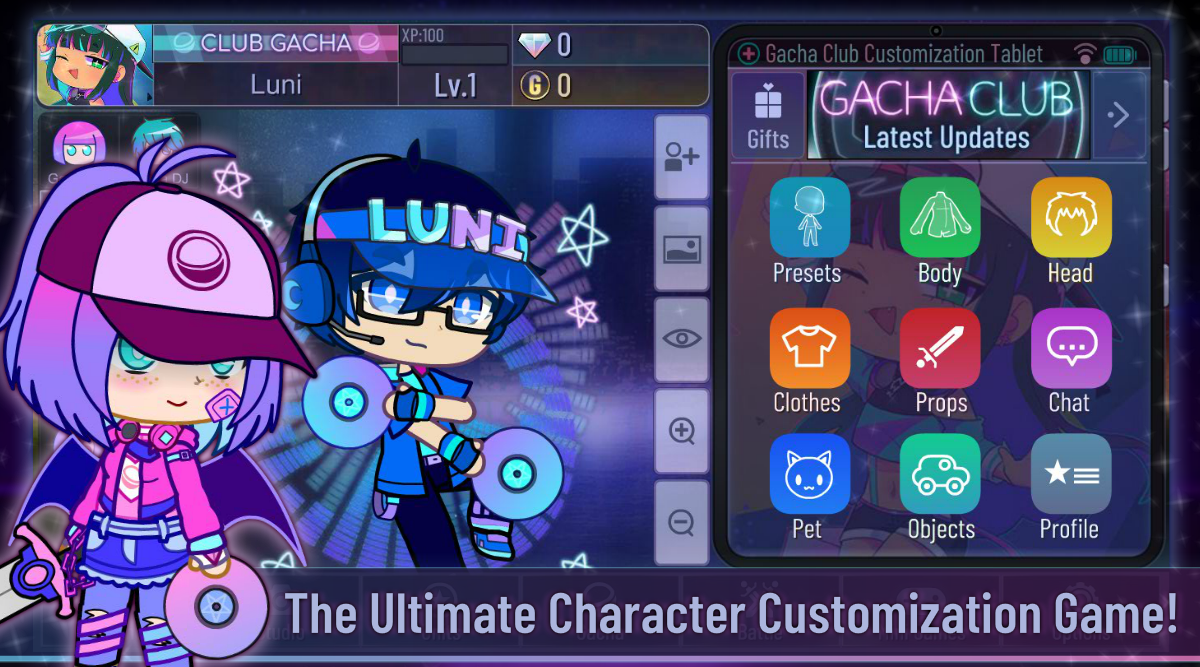
6. Lost Potential for Skill-Building and Mentorship
Collaboration isn’t just about finishing a project—it’s also about learning and growing. In multiplayer creative platforms, beginners often team up with experienced users who can mentor them. This accelerates:
-
Technical skill development
-
Confidence building
-
Creative discipline
In Gacha Club, such mentorship is limited to YouTube tutorials or message boards. The lack of real-time co-creation means mentorship remains passive, not interactive. New users miss out on hands-on guidance that could transform their creative path.
7. No Social Layer Within the App
Gacha Club has no friend system, no chat, no profile features, and no ability to publish stories or projects directly within the game. This makes the platform completely disconnected from its own community.
Creators must exit the app entirely to:
-
Find collaborators
-
Share their work
-
Receive feedback
While this detachment keeps the app safe and ad-free for younger users, it also isolates creators from each other—preventing the natural networking and discovery that make communities like Roblox or Scratch thrive.
8. How Other Creative Apps Enable Co-Creation
Several other platforms have successfully integrated safe, collaborative creation features:
-
Scratch allows remixing of projects with automatic credit.
-
Canva lets users co-edit design templates in real time.
-
RPG Maker Unite includes team project features.
These models prove that collaboration does not have to compromise safety or accessibility. With proper moderation tools, co-creation can be both secure and empowering, even for young users.
9. Future Features That Could Empower Collaboration
If Gacha Club evolves to support online collaboration, it could consider adding features like:
-
Cloud-based character sharing with permissions (view-only/edit)
-
Project invites where multiple users can work on one timeline
-
Integrated chat or comment systems for team discussion
-
Credit tags to recognize individual contributions
-
Public scene libraries where creators can remix and expand on each other’s work
These updates would make storytelling more scalable and accessible, especially for aspiring GachaTubers and roleplay studios.
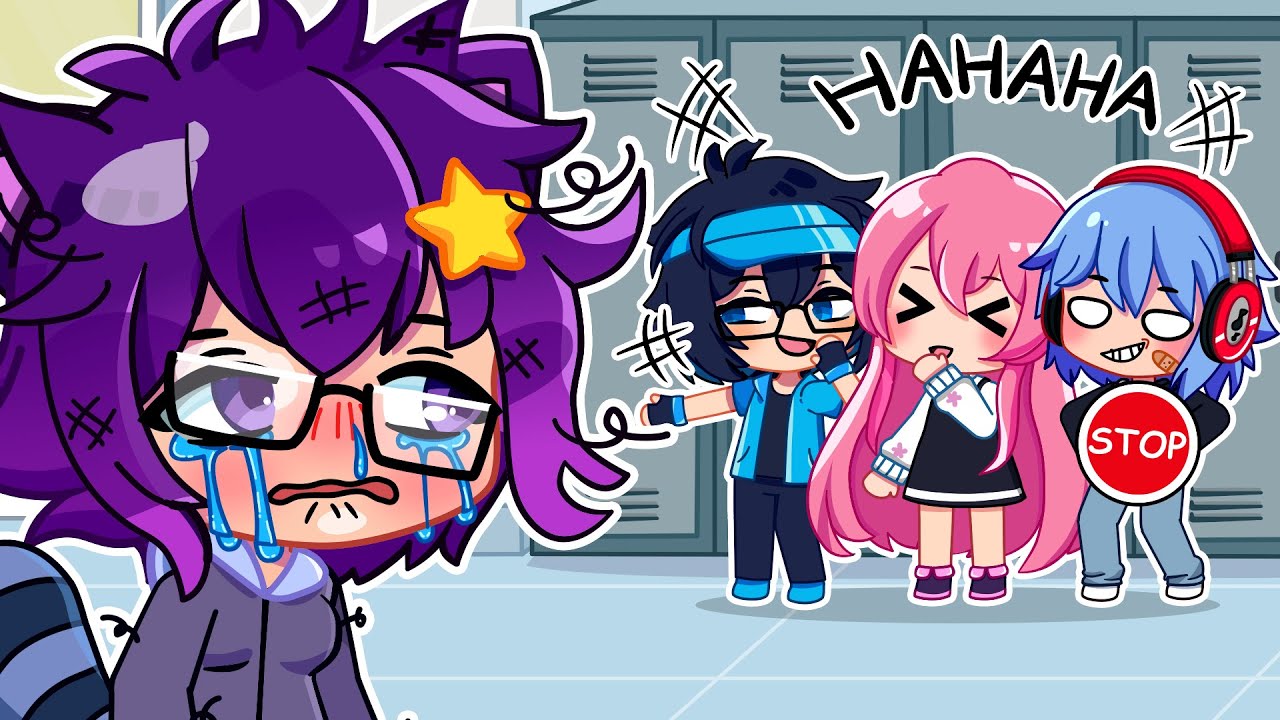
10. Collaboration Is the Key to Gacha’s Next Evolution
Gacha Club is already a powerful tool for solo creativity. But its future lies in social creativity. The next step is not just giving players more characters or poses—it’s giving them a way to connect, create, and grow together.
With safe, intuitive collaboration features, Gacha Club could unlock:
-
Higher-quality stories
-
Larger creative communities
-
A sense of belonging among users
By turning isolated creators into teams and solo stories into shared universes, Gacha Club could expand far beyond what it was originally designed to do.
Conclusion
Gacha Club has empowered a generation of creators to tell their own stories—but it has done so in isolation. The lack of collaborative tools limits storytelling potential, increases creative workload, and holds back the community from achieving its full potential.
By learning from other creative platforms and responding to the demands of its passionate fanbase, Gacha Club can evolve into something more than a single-player app. It can become a shared creative universe where ideas grow together—and where stories are no longer told alone.

